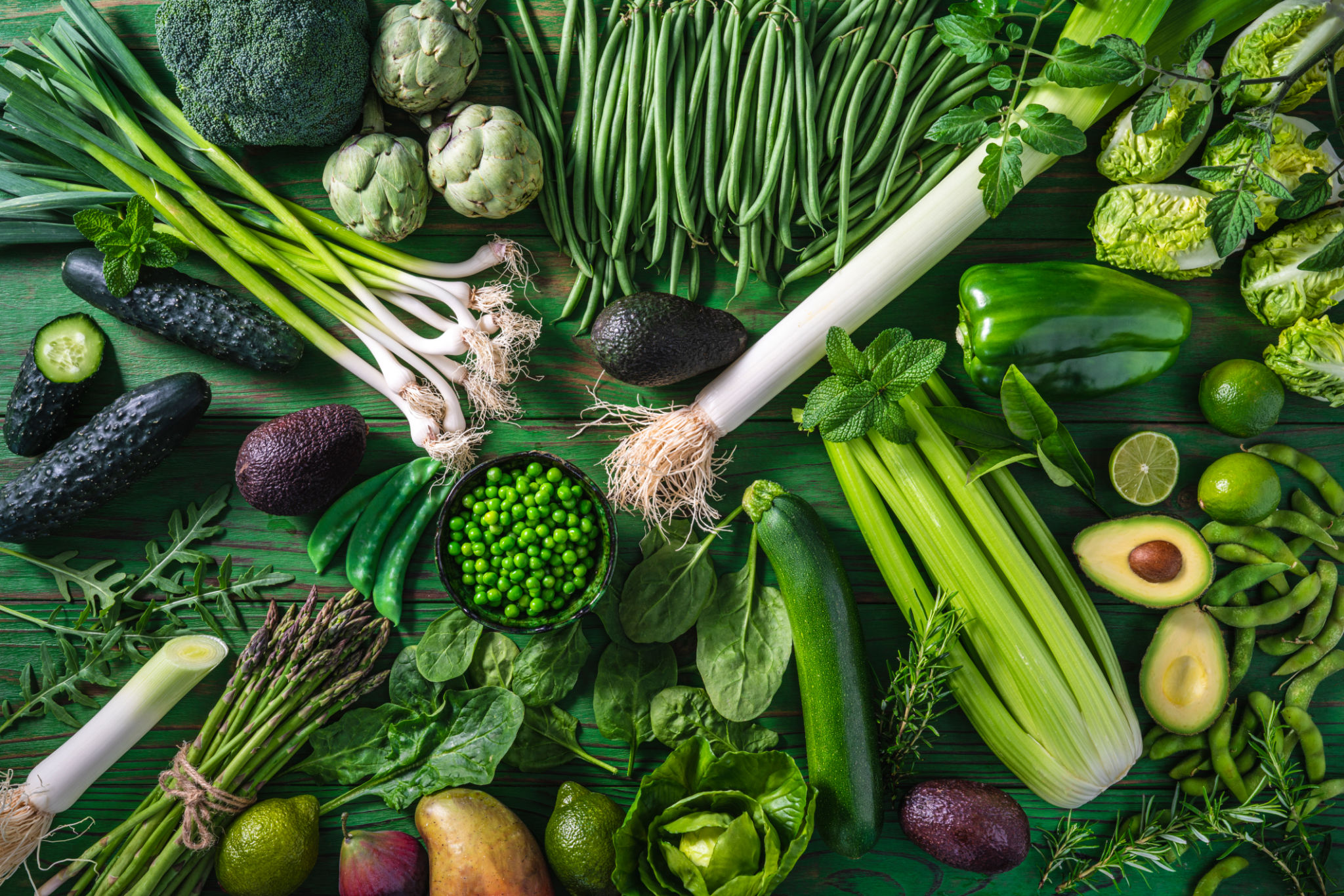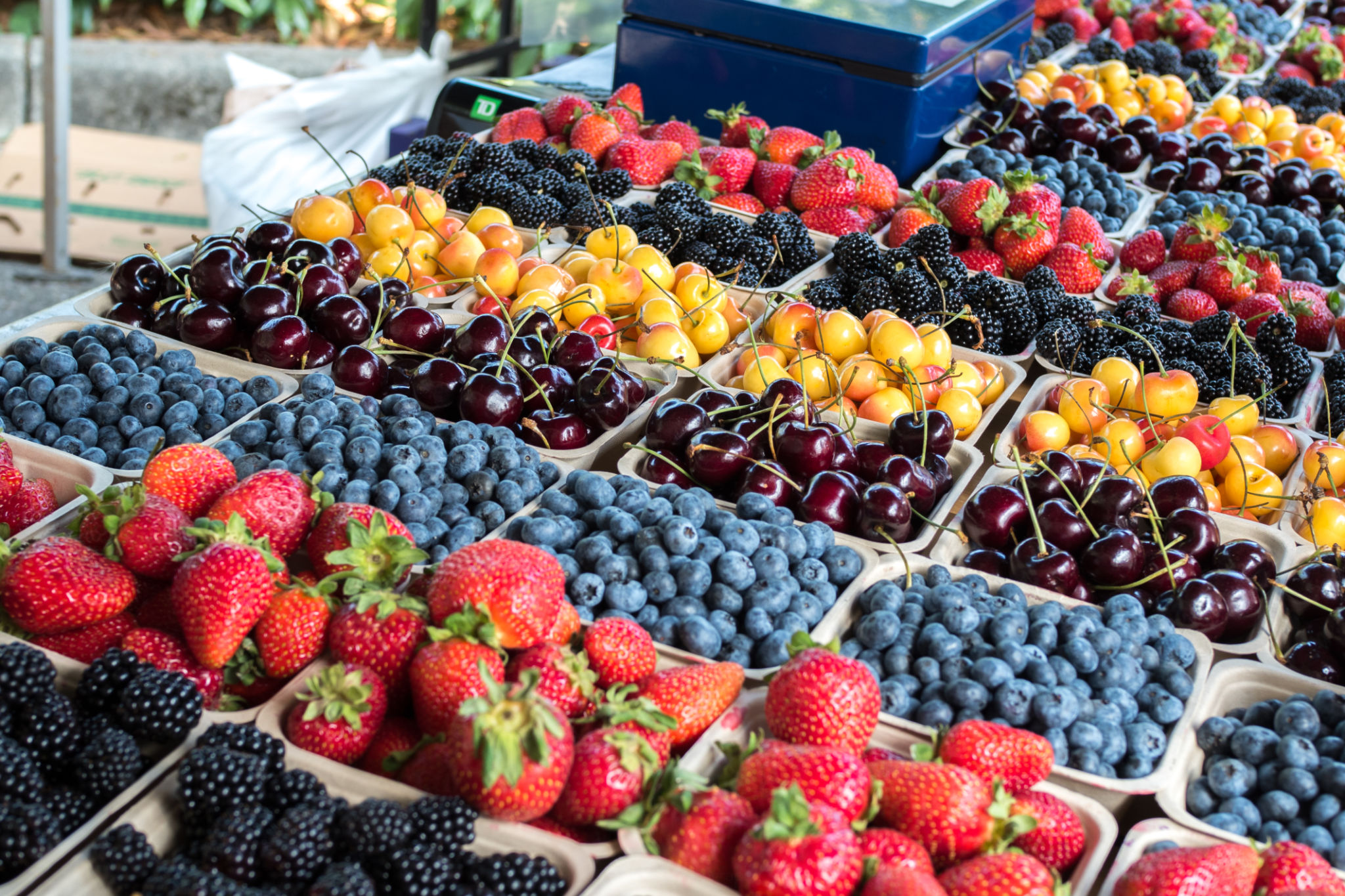Seasonal Fruits and Vegetables in the Middle East: What to Expect and When
Understanding the Middle Eastern Climate
The Middle East is known for its diverse climates, which range from arid desert conditions to more temperate coastal areas. This variety in climate allows for a wide range of fruits and vegetables to be cultivated throughout the year. Understanding the seasonal availability of produce can help you make more sustainable and flavorful choices when selecting ingredients.
In general, the Middle Eastern climate is characterized by hot, dry summers and mild, wet winters. This affects the growing seasons and availability of certain fruits and vegetables. While some produce is available year-round thanks to modern agricultural techniques, others have specific peak seasons.

Spring Bounty
As the region transitions from winter to spring, a burst of fresh produce becomes available. During this time, you can expect to find an abundance of leafy greens such as spinach and arugula. These vegetables thrive in the cooler temperatures of early spring and are perfect for fresh salads and light dishes.
Additionally, citrus fruits like oranges and grapefruits reach their peak flavor in spring. These fruits are not only refreshing but also packed with vitamin C, making them an excellent choice for boosting your immune system.
Key Spring Produce
- Spinach
- Arugula
- Oranges
- Grapefruits

Summer Harvest
Summer in the Middle East brings a wealth of vibrant fruits and vegetables. This is the season for juicy watermelons and sweet melons, which provide a hydrating respite from the intense heat. Tomatoes also flourish during this time, adding rich flavor to a variety of dishes.
Eggplants and zucchinis are other summer staples, often used in traditional dishes like baba ghanoush and stuffed vegetables. These versatile vegetables can be grilled, roasted, or sautéed to create delicious summer meals.
Key Summer Produce
- Watermelons
- Melons
- Tomatoes
- Eggplants
- Zucchinis

Autumn Abundance
The arrival of autumn signals a shift to heartier produce. Root vegetables such as carrots and beets become more prevalent, offering earthy flavors that are perfect for roasted dishes and soups. Figs also reach their peak during this season, providing a sweet treat that pairs well with savory ingredients.
Pomegranates, known for their jewel-like seeds and tangy flavor, are another autumn highlight. They add a burst of color and taste to salads and desserts alike.
Key Autumn Produce
- Carrots
- Beets
- Figs
- Pomegranates

Winter Wonders
Winter in the Middle East is the season for hearty greens like kale and Swiss chard. These vegetables are resilient to the cooler temperatures and are rich in nutrients, making them ideal for warm, comforting meals.
Citrus fruits make a return in winter with lemons and limes becoming more abundant. These fruits are perfect for adding a zesty touch to winter dishes or for making warming drinks like hot lemon water.
Key Winter Produce
- Kale
- Swiss Chard
- Lemons
- Limes

Embracing seasonal produce in the Middle East not only enhances the flavor of your meals but also supports local farmers and promotes sustainability. By choosing fruits and vegetables at their peak season, you ensure you're getting the freshest and most nutritious options available.
Whether you're enjoying a crisp salad in spring or a hearty stew in winter, understanding the seasonal cycles can greatly enrich your culinary experience in this diverse region.
